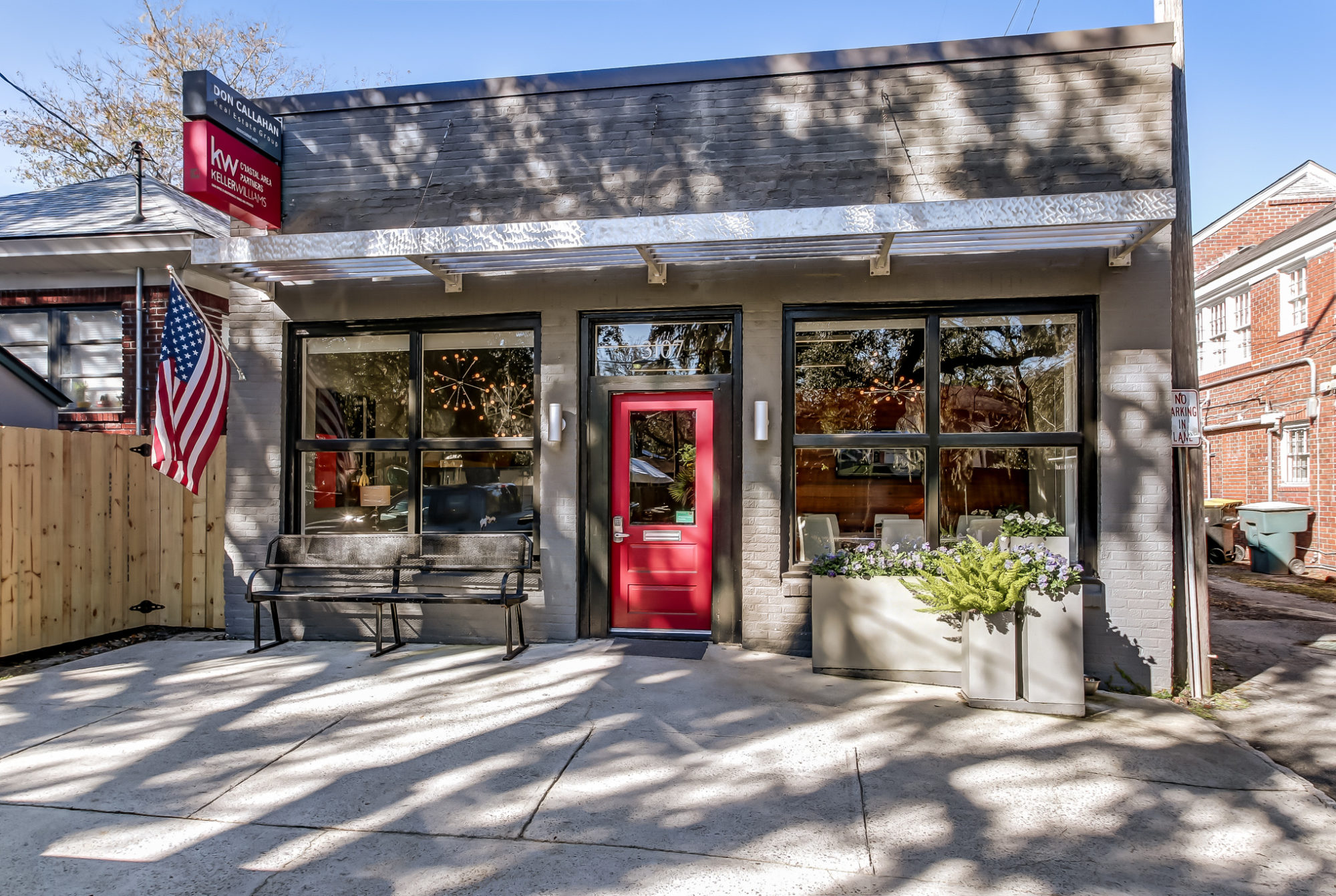Tybee Island Homes for Sale
Living The Island Life
Tybee Island, located approximately eighteen miles from Savannah, is a seaside community in the upper coastal region of Georgia. Sitting at the mouth of the Savannah River, the 2.7-square-mile island holds a year-round population of approximately 3,400 residents, although this population increases greatly during the summer season.
Officially renamed “Savannah Beach” in a publicity move at the end of the 1950s, the city of Tybee Island has since reverted to its original name though the name “Savannah Beach” appears on official state maps as far back as 1952 and as recently as the mid-1970s. The small island, which has long been a quiet getaway for the residents of Savannah, has become a popular vacation spot with tourists from outside the Savannah metropolitan area. The island is also home to the first of what became the Days Inn chain of hotels, the oft-photographed Tybee Island Light Station, and the Fort Screven Historic District.
Home styles are varied from high turn-of-the-century beach houses to modern Ranch style homes, condominiums and townhouses. Prices tend to reflect the demand for coastal settings but there are rare bargains now and again. Tybee is a mellow, close-knit, live and let live community. Parents confidently let their kids roam the island without concern and front doors are often simply left unlocked. There is a unique low country barrier island vibe that is distinctly different from any other in Savannah or its other islands. Things here famously move on “Tybee time”.
And so, there are miles of beaches, forts and museums and a great old lighthouse; endangered birds and other animal species; kayaks and bikes to rent (along with all kinds of hotels, motels, cottage and condo rentals too). Days here are as active, or lazy, as mood demands. Local galleries, dozens of shops and unique restaurants offer changes of pace and taste. It’s definitely island life at its best with the added bonus of grand, historic Savannah only twenty minutes away-the best of both worlds, as they say.
Tybee Island History
Tybee is thought to have been originally occupied by the Euchee tribe of Native Americans, from whom it got its name. In the Euchee language tybee means salt, a plentiful natural resource in the area. Before the island was colonized as part of Georgia, it was claimed by explorer Lucas Vasquez de Ayllon in 1520 as part of Spanish Florida. During the seventeenth century, France became interested in the island because of its sassafras root, which was thought to be a miracle elixir that—once made into tea—would cure many ailments.
In 1733 General James Oglethorpe and the Trustees established Georgia as a military buffer zone, with Savannah as the capital, between the colony of South Carolina and the territory of Spanish Florida. Tybee Island played an important role in the creation of the new colony. Oglethorpe recognized the strategic importance of placing an outpost on Tybee to guard the mouth of the river that guided ships into the port of Savannah, and in 1736 a small fort and lighthouse were constructed on the island.
Tybee Island played an important role in several military battles. During the Revolutionary War, when British forces took control of Savannah, French and American forces used Tybee Island and other outposts as staging grounds in preparation for what was to be the second bloodiest battle of the war, the 1779 Siege of Savannah. (Only the 1775 Battle of Bunker Hill in Massachusetts resulted in higher casualties.) Tybee saw little action in the War of 1812 (1812-15), although a warning system using the island’s lighthouse was set up to signal an imminent British attack on the area.
At the beginning of the Civil War (1861-65), Confederate forces occupied both Tybee Island and nearby Fort Pulaski, located just across the mouth of the Savannah River. In December 1861 Confederate troops, believing the fort to be impenetrable, withdrew to Pulaski. Tybee was quickly occupied by Union forces, who constructed eleven cannon batteries and used a newly developed weapon called a rifled cannon to bombard Fort Pulaski, which finally fell on April 11, 1862. After the war, Fort Screven was built on the north end of the island from 1885 to 1897, when it opened as part of the U.S. coastal defense system. Military troops trained at Screven and from this fort guarded the United States through the Spanish-American War (1898), World War I (1917-18), and World War II (1941-45). Fort Screven was closed by the federal government in 1947 and sold to the city; part of it now serves as the museum of the Tybee Island Historical Society.
Known for its mild, fresh air and salty ocean breezes, Tybee Island took a new course toward the end of the 1800s, becoming a destination well known as a tonic for people with asthma, allergies, and other ailments. The practice called “taking the salts” likely derived from the many beneficial qualities attributed to the area by doctors, who urged patients to spend time on Tybee to cure their ailments. Supported by the Froebel Circle of Savannah, the Fresh Air Home provided a camp atmosphere in which inland children could increase their health and happiness through exposure to the sea during the summer months.
The rate of construction on the island increased at the turn of the last century and echoed the popularity of the area and Tybee became well known during this time as a resort town. A short boat or train ride away from Savannah, Savannah Beach promised relief from the summertime heat and humidity that plagued inland areas. The Tybrisa Pavilion, with its famous crystal ball, big bands, and dime dances, was the island’s most popular destination. With the opening of Tybee Road in 1923 to automobile traffic, the way of life on the island slowly started to change. When the Tybrisa Pavilion and other local establishments burned down in 1967, the end of an era was apparent.
The Tybee Island Light Station, known as the Tybee Lighthouse, having lit the entrance of the Savannah River since 1736, is perhaps the most identifiable landmark on the island. It is one of the oldest U.S. lighthouses still in existence, and one of a few original lighthouses in full operation that still stands with its original base.
Renovation commenced on the lighthouse in 1999, and in 2002 it was one of the first lighthouses transferred from federal to private ownership under the National Historic Lighthouse Preservation Act of 2000. Tybee Island Light Station is one of America’s most intact having all of its historic support buildings on its five-acre site. Rebuilt several times the current light station displays its 1916 day mark with 178 stairs and a First Order Fresnel lens (nine feet tall.) It is now owned and managed by the Tybee Island Historical Society. Under the watchful eye of Light Station Keeper Cullen Chambers and his staff, The Tybee Island Light Station stands as one of North America’s most beautifully renovated Light Stations. A must see for everyone.
More about Tybee Island











